
Brilliant Bloom’s Taxonomy Posters For Teachers
A Bloom’s taxonomy poster can be useful tools to reference when designing assessments, but using it only for that function is like using a race car to go to the grocery–a huge waste of potential.
In an upcoming post we’re going to look at better use of Bloom’s taxonomy in the classroom, but during research for that post it became interesting how many variations there are of the original work.
While a handful of the charts below only show aesthetic changes compared to others, most are concept maps of sorts–with graphic design that signifies extended function (power verbs), detail (clear explanations), or features of some sort (Bloom’s Taxonomy tasks by level).
See also 10 Team-Building Games That Promote Critical Thinking
Bloom’s Taxonomy Poster #1 includes relevant power verbs and text/media forms that correspond to each level of the taxonomy:
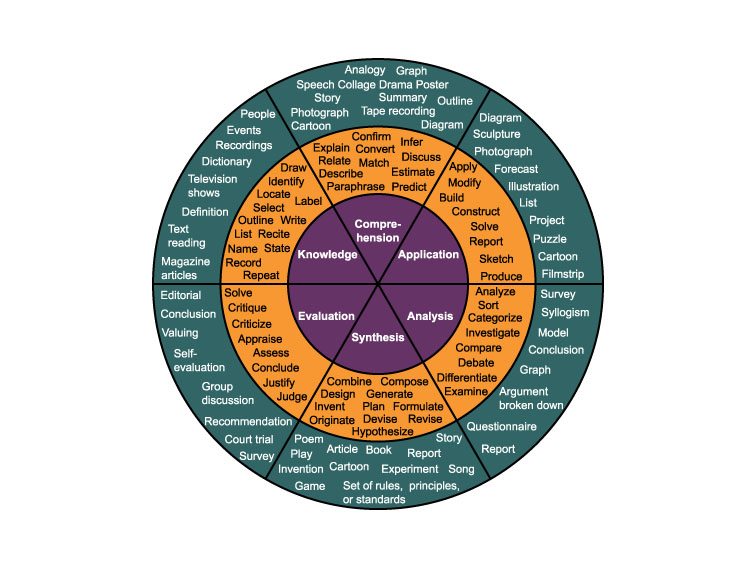
The six levels in pyramid form in the following poster imply a hierarchy of critical thinking skills:
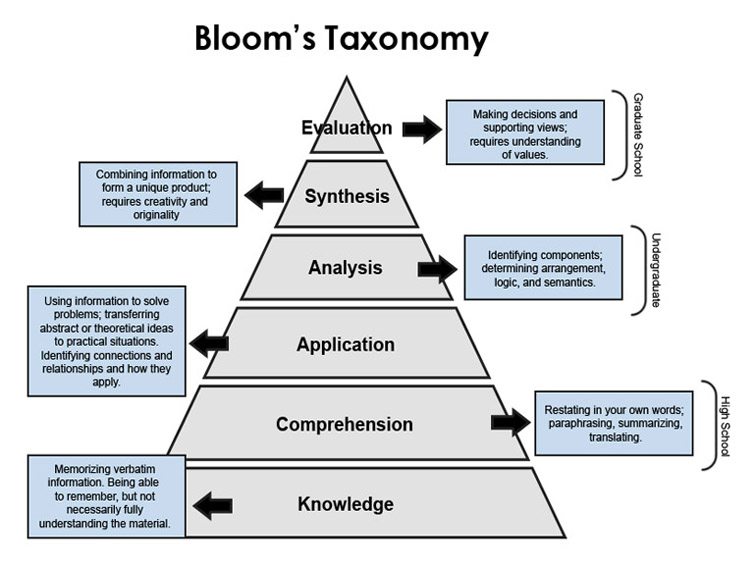
Bloom’s Taxonomy Poster #3 provides in-class instruction and assessment ideas connected to each level of Bloom’s taxonomy. We like the practicality and usability of this graphic:
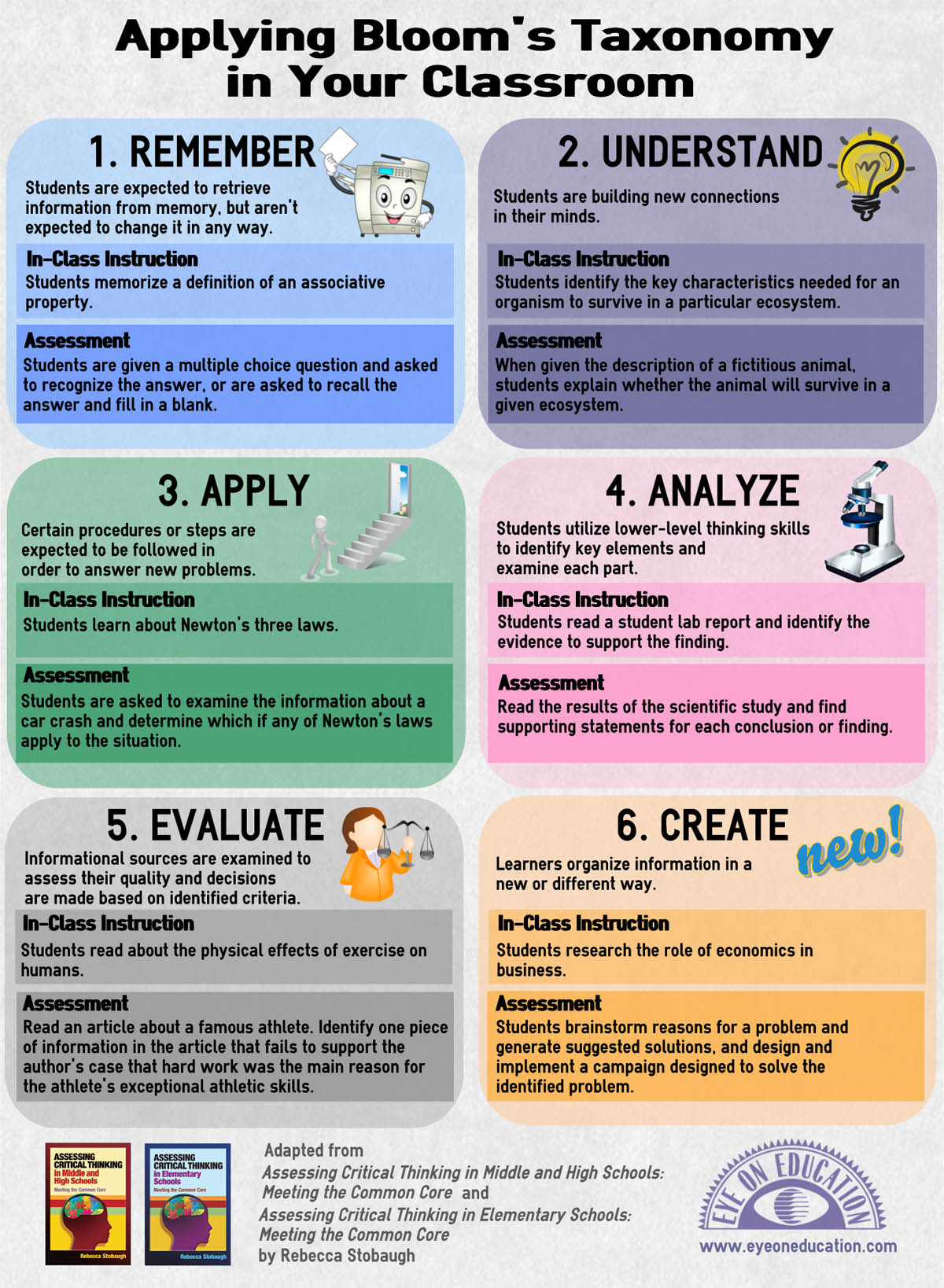
The following posters were created by helloliteracy! There is one poster for each level of Bloom’s taxonomy:
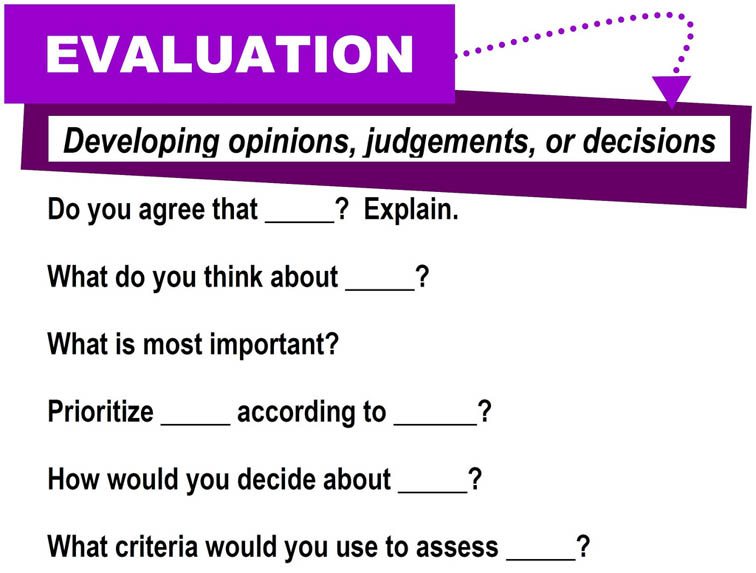
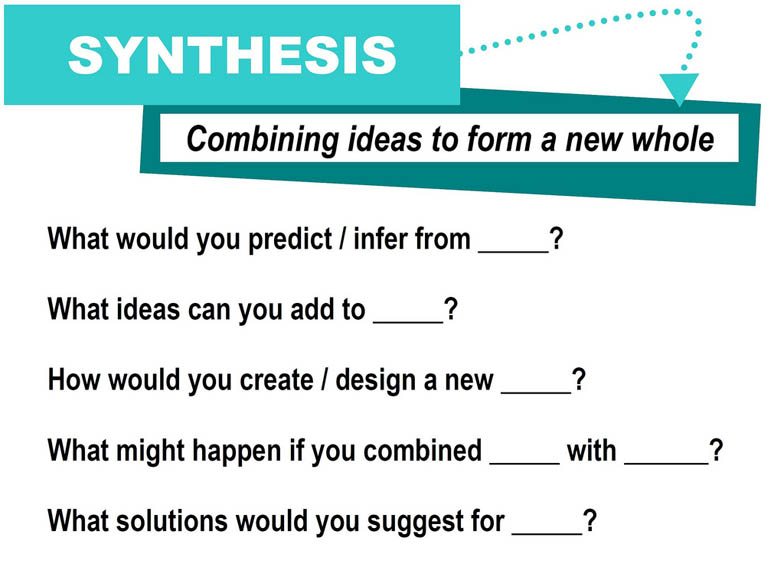
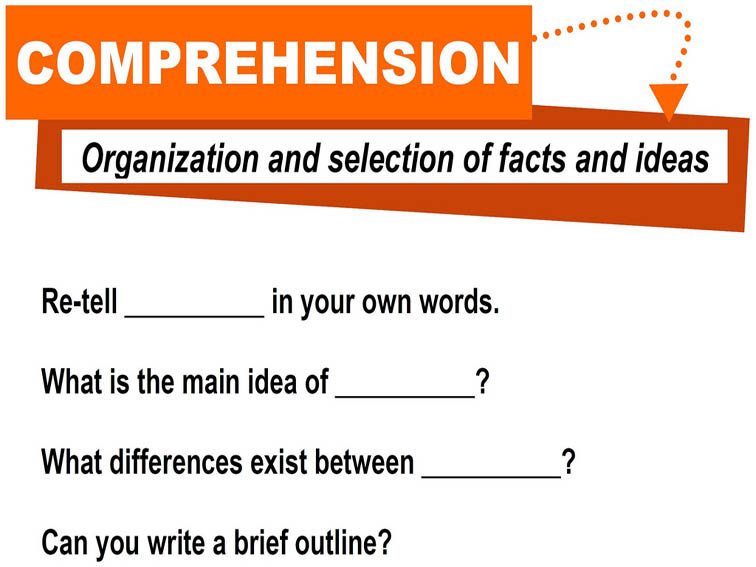
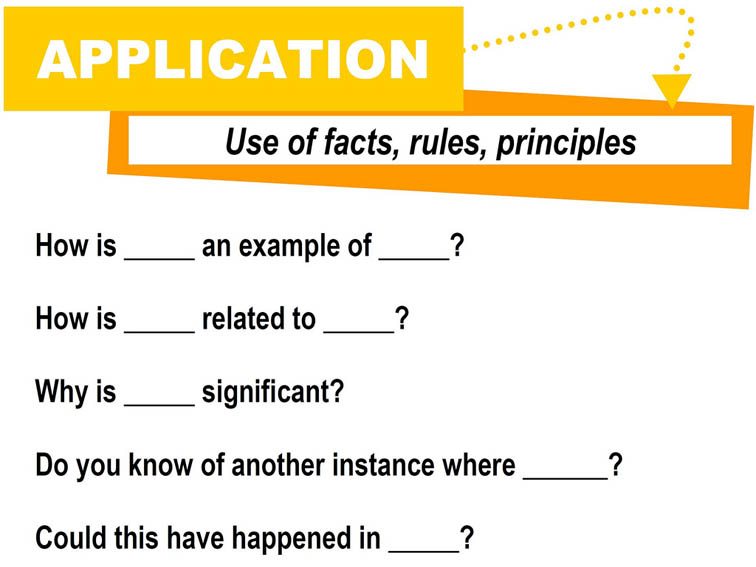
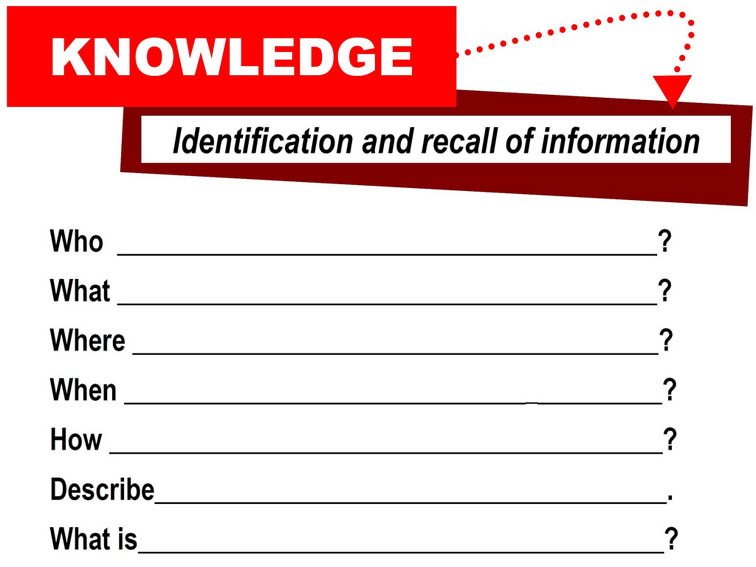
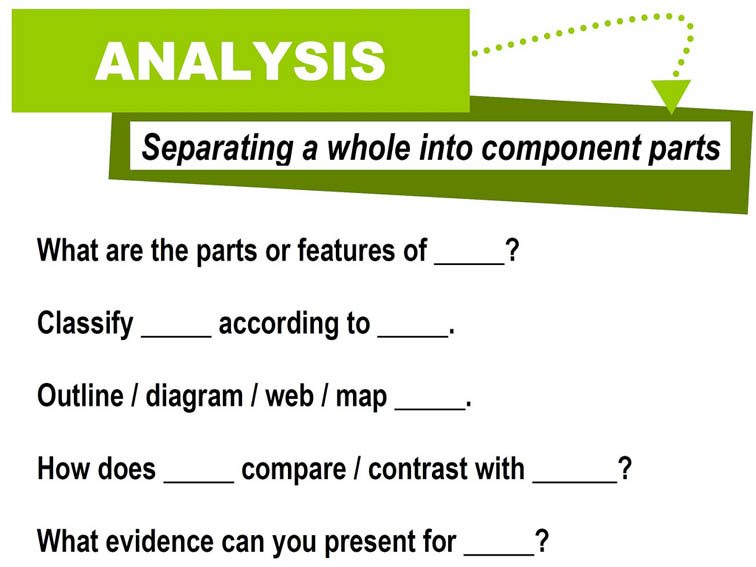
The next graphic lists six power verbs connected to each level of critical thinking:
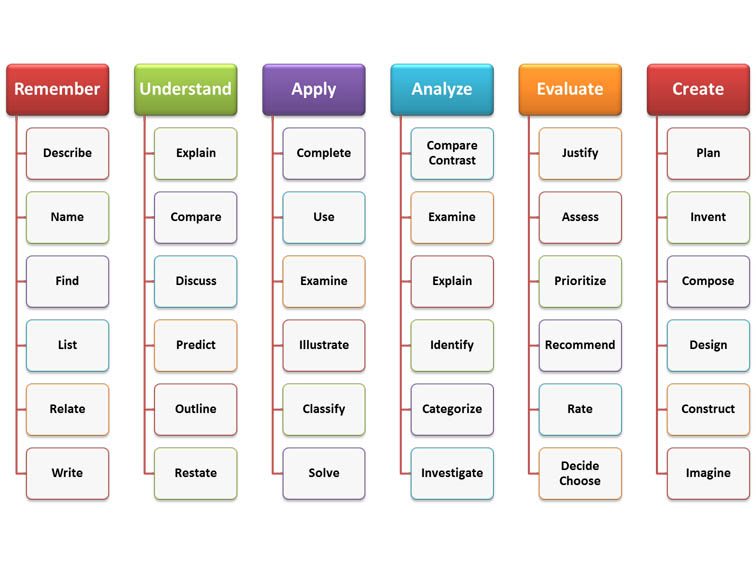
The following diagram breaks down the various learning levels, domains, and ways of reflecting and/or extending learning. We like how the graphic uses color coding to pair each learning domain with a different type of reflection and extension of learning.
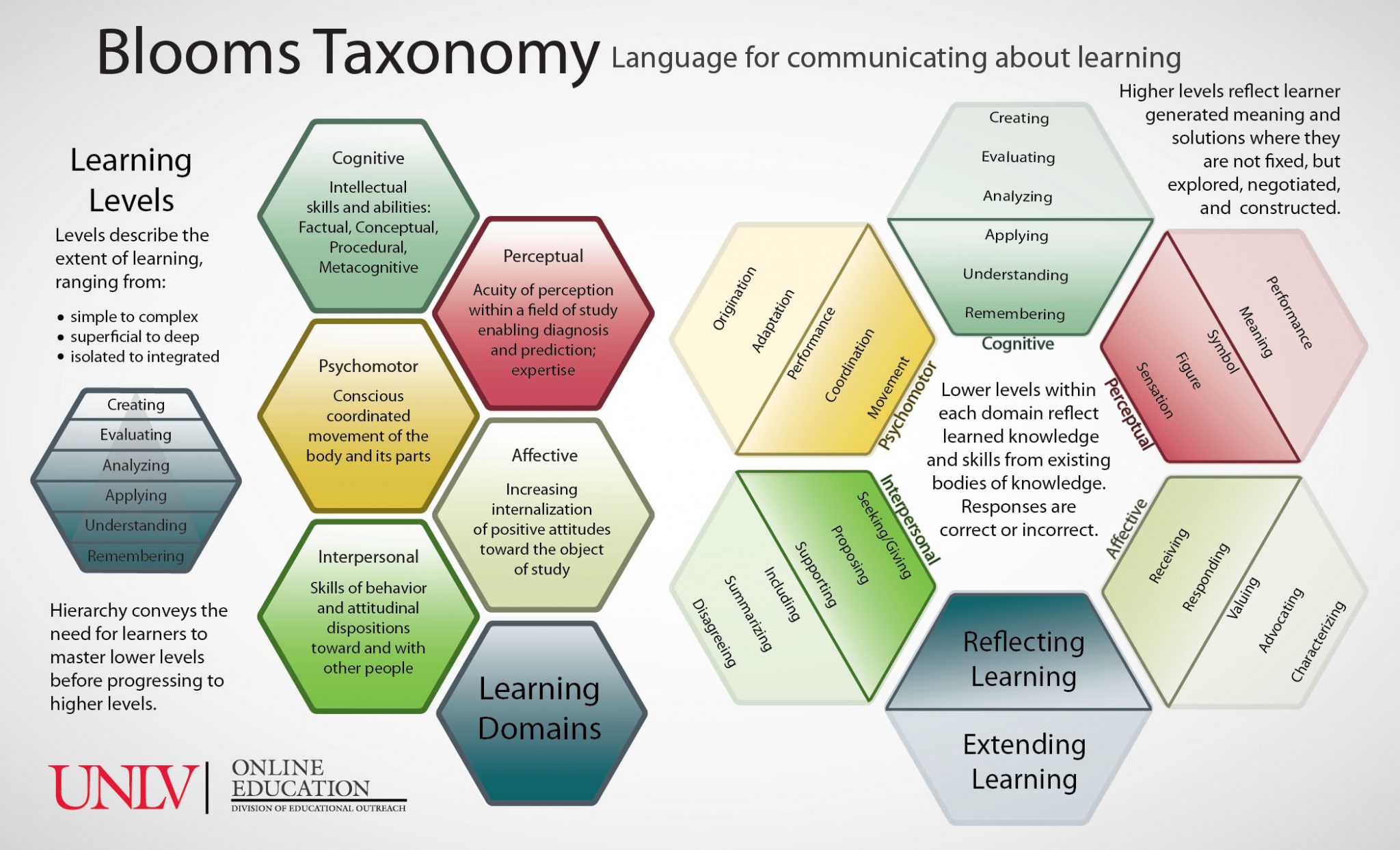
The final Bloom’s Taxonomy poster includes the six levels in the center, connected to relevant power verbs in the second circle, and text forms in the outer circle:
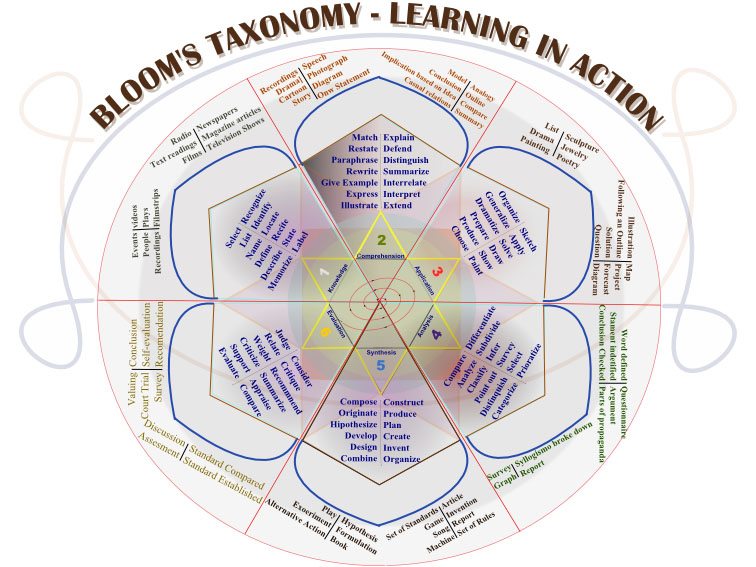
You can get a ready-for-the-classroom version of Bloom’s Digital Taxonomy for $6.95. The The “Bloom’s pinwheel” comes from Kelly Tenkley and ilearntechnology.com.
